If you’re reading this article about how to write an artist statement, there is probably an important deadline on your horizon that requires you to write this description of what you do and how you do it as an artist. Usually, statements are a requirement along with a resume and portfolio for grants, exhibitions, masters, and degrees.
But why is writing an artist statement a synonym for stress, hours looking at a blank page, and clocks ticking faster than they usually do? Well, most artists spend so much time immersed in their craft, that when it comes to putting it in words the task can be daunting.
No one knows what you do, how, and why you do it better than you. Writing an artist statement is just a matter of putting in order your ideas and opening yourself to share your work with others as you will learn with this guide.

To write an artist statement describe what you do, how, and why.
Contents
What is an artist statement?
Before actually starting to write it, you need to have a clear idea of what an artist statement is. This short text, divided into two to three paragraphs, is a description of your artwork, what its creation involves, and the motivation and inspiration behind it. A proper artist statement should address the questions that arise when the observer engages with your work and adds context to it.
As art is subjective, an artist’s statement works like the prism from which the public should look at a certain piece, a project, or even your full body of work. An artist statement should be adaptable to certain requirements like where and when you are presenting it. It’s not the same to write a statement needed for a solo exhibition, as writing a statement for an upcoming interview in an art magazine.
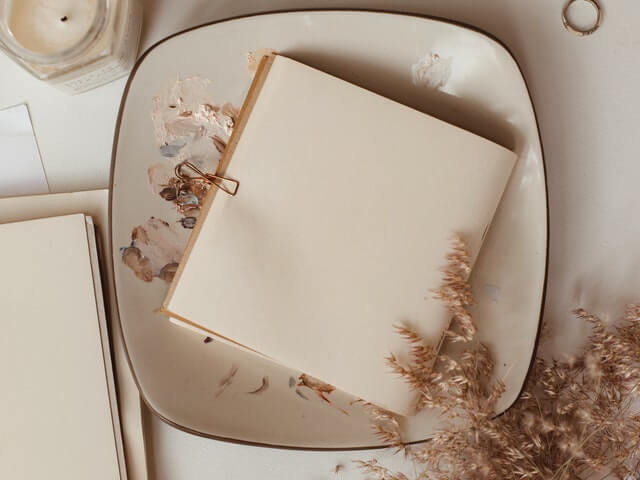
An artist statement can be a complement to a portafolio, resume, and even “About” page.
What an artist statement isn’t
Sometimes when you don’t know where to start, it helps to know where you shouldn’t. An artist statement is not a resume. If your first draft starts looking like a LinkedIn profile: erase and restart. This is not a list of your academic achievements or artistic accomplishments.
An artist statement is not a retelling of your life story. There are several differences between an artist statement and an artist biography. The latter one, for example, will usually be written in the third person and have details such as your date and city of birth, your first connection to the art world, education, training, and experience, along with your influences or particular point of view about art, the type of pieces you create and even the different stages your body of work has gone through. In summary, an artist statement is NOT a bio that tells the essentials of an artist’s life.
Just to make it clear, an artist statement is not:
–A manifesto
-A short story
-A poem
–A thesaurus
-A collection of pompous adjectives about you or your artwork
-A group of generic phrases about art
–An ode to yourself
–A chance to show how much you know about art history and concepts.
An artist’s statement should be clear and concise and yet full of personality.
How long should an artist’s statement be?
An artist’s statement should tell the viewer what they need to know about you and your artwork in a simple and concise way. In general, an artist’s statement shouldn’t be longer than 150 to 200 words. To give you an idea: this amounts to around four tweets.
Even the longest artist statements stay in the land of a “one-pager” with information about the piece (or pieces) that enriches the experience of the user. So, one of the main things to have in mind when writing an artist statement is word economy. If words are your most valuable resource: you should use them wisely.
An artist statement should be an adaptable text that can appeal to different readers.
Common types of artist statements
Depending on its recipient and the main objective, there are a few types of artist statements to name:
Short statement
This is a brief description of a certain piece and lets the reader know its main subject, characteristics, and media.
Short project statement
This artist’s statement focuses solely on a certain project, like an exhibition, and describes its particular subjects: themes, medium, and what sparked its creation. It might be closer (in concept and content) to a curatorial statement.
Full-Page Statement
This “longer” statement intends to give the reader a general overview of your body of work, what your recurring themes are, subjects you are interested in, techniques, and methods.

What do you do? The first thing that comes to mind can kickstart your writing process for an artist statement.
Facing the blank page: write like an artist
How exciting and yet intimidating a blank page is! Just as you do with a blank canvas, you need to start somewhere: draw a line, or in this case, write one. It doesn’t have to be the phrase that will redefine art in the 21st century, drop the weight of expectations. Just write a line that says something about what you do.
There is no other person in the world with your identity and experiences. Two artists can be put inside the same box because they work with a similar theme or use the same medium, but the truth is each one of them is unique. Sometimes telling others what you do and what makes your art one-of-a-kind can be scary because it asks for a certain vulnerability and, at the same time, a recognition of your value and expertise. But there are some little exercises you can do to get you into writing:
- Fill in a page with everything, literally, everything you could say related to your work and why you do it. It’s freestyle! Say it however you feel like it and then start editing.
- Write a paragraph talking about your art as it was another person’s body of work.
- Record a voice note explaining your artwork like you would do to a friend and then write it down.
- Change the medium: are you used to writing on your computer? Go back to the trustworthy pen and paper, and vice versa.
- Make a list of the information that you want to mention and then play around with the structure of when and how to say it.
- Question yourself: what makes my work unique? What makes me stand out from others? Write it down.
One last piece of advice: don’t edit while you write. Let your hands go wild typing and once you have finished, start summing up and correcting.
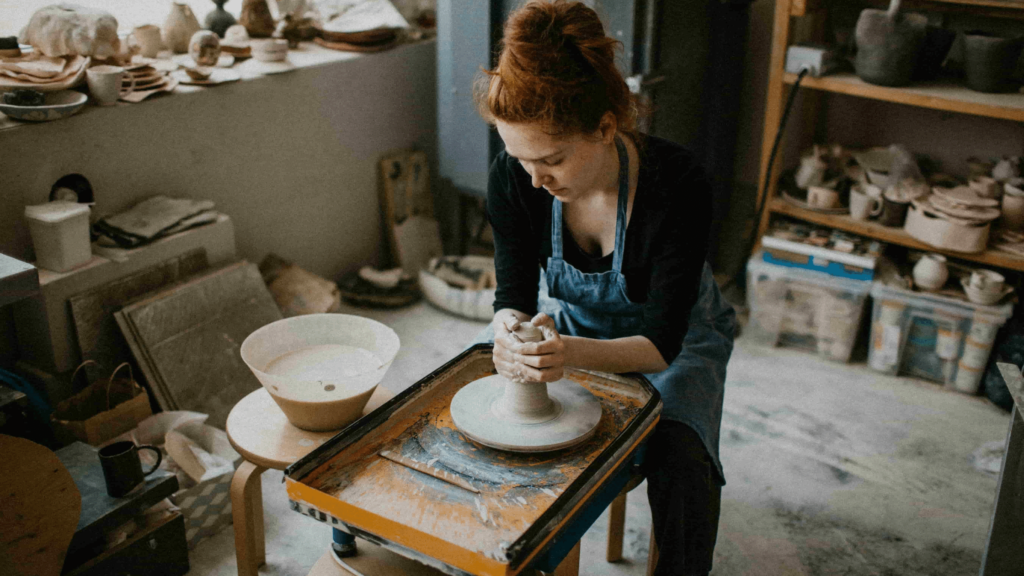
At first sight, an artist’s statement should answer the three w’s: what, how, and why.
What an artist statement should say: what, how, and why
An artist’s statement should answer in just a few sentences the three big W’s about your work: what you do, how you do it, and why you do it. Follow these steps to answer each one of them:
What
It might seem obvious, but you have to explain exactly what it is that you do because the viewers should know what they are looking at. Is it a landscape painting? A sketch portrait drawing? Or a mixed media piece? Explain it all: medium, subjects, materials, formats, and even what is being portrayed.
How
Sometimes the “how” is the most important part of this mix. To fully understand the significance or concept of a piece the observer needs to know how an artwork came to be. You went through a full journey to make that piece and that context can refocus how it’s going to be seen.
Why
What was your purpose? There was something that motivated you to create a certain piece or project. Open a window to your world: what are you saying and why is it important to you to express that message and put it out in the world?

Your artist statement should reflect who you are: it should sound like you!
Once these three main points are clear you can play around with the structure. What comes first? What is going to be the killer closing line? Well, that’s your choice! The text should reflect your style and personality, even your humor and vulnerability, and how you approach your craft and passion.
And before you hit the “send” or “publish” button read your text and make sure it follows these essential tips to write an artist statement:
–Use an active voice.
-Don’t write it in the third person.
–The phrase “the artist” should not be present (pun intended).
-Refer to yourself in the first person instead.
-Avoid worldly sentences.
-Read the text and see how it sounds.
–Correct spelling and style, and pass the text through a grammar checker.
-Share your text with a colleague, a friend, or a mentor and ask them for their opinion.
-Proofread your text.
–Proofread your text one more time, just to be sure.
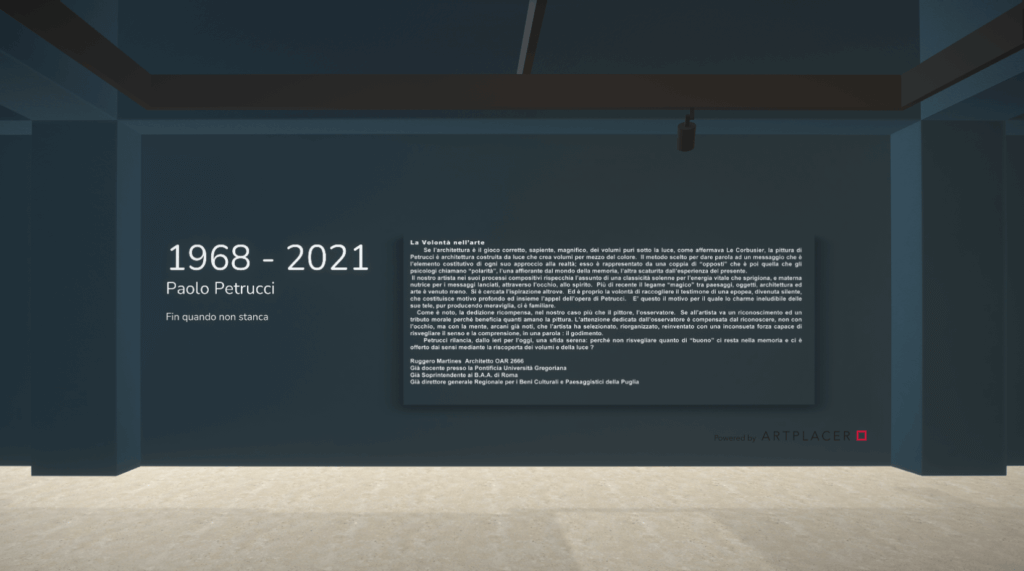
Your artist statement could “welcome” visitors to your 3D online show. Example: a virtual exhibition of Paolo Petrucci’s work.
Making the best out of it: when and how to use your artist statement
When it comes to your artist statement it is better to have one ready at all times: either the first draft for a particular work or a general one that gives an overview of your body of work. Why? That way you won’t be battling with deadlines for grants, scholarships, a teaching position, or a submission for an exhibition. You’ll have a “base” artist statement that you can adapt according to the occasion and particular requirements.
But is that all you can do with your artist statement? Not today! If you want to promote and sell your work as an independent artist, your artist statement is a great way to introduce your work to potential customers, retailers, media outlets, and even something to add to the description of a piece in an art marketplace to make it stand out.
If you have taken the lead and created a 3D digital gallery for a particular project, there is a creative way to enhance that experience for the viewer. Take for example ArtPlacer’s virtual exhibitions, your artist statement could work both as a description or as a welcome text for the viewer, or you could add it to a wall like you would do with an image or video and turn it into an actual visual statement. Sign up to ArtPlacer’s 7-day free trial and test it!
Now that you know how to create an artist statement and what to do with it, put your vision into words and give your audience a more informed and richer way to look at your artwork.


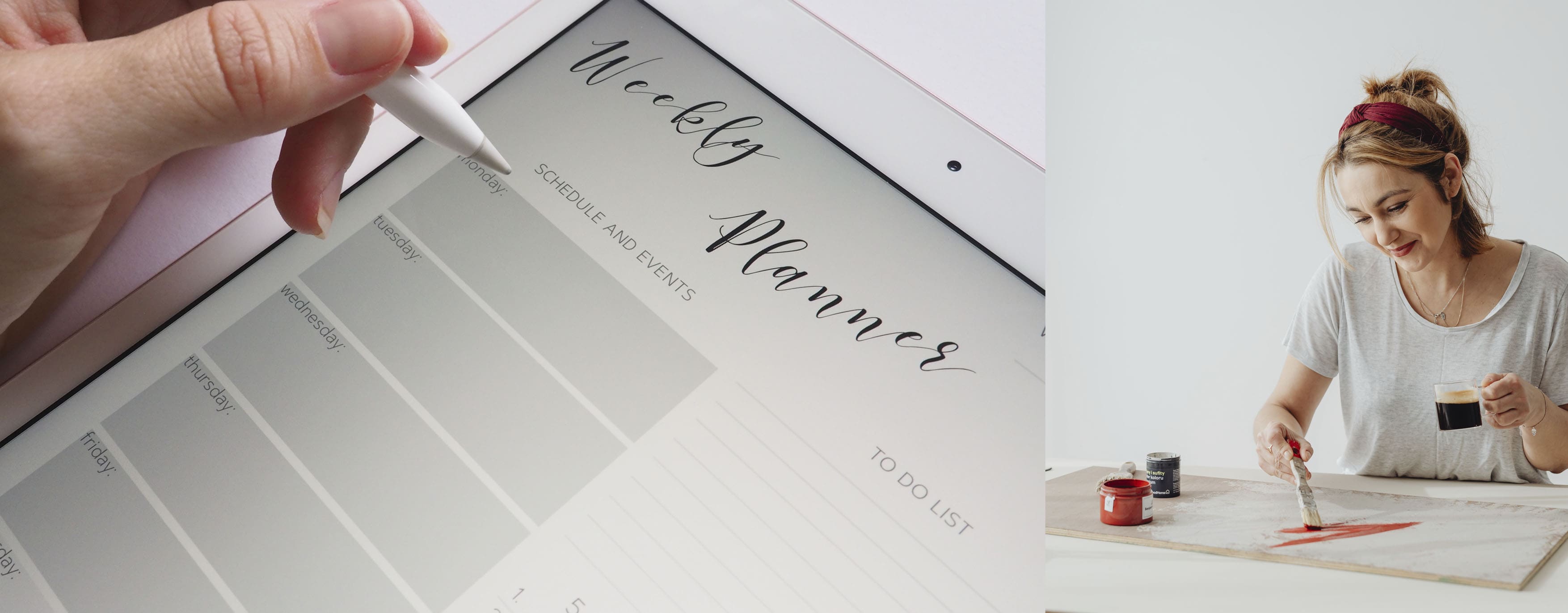
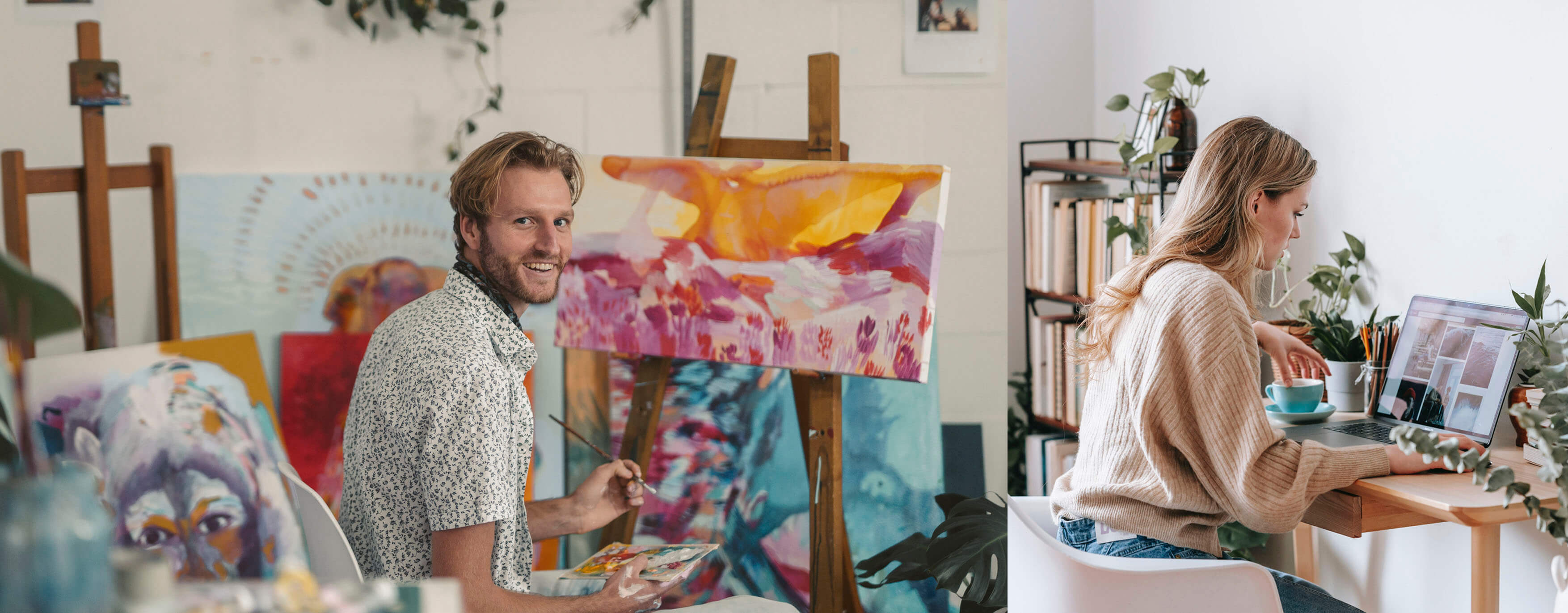

Very helpful, thanks!!
Kirk
I appreciate the article, it helped.
Dass